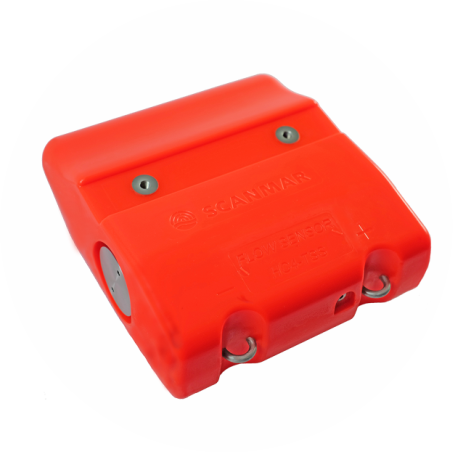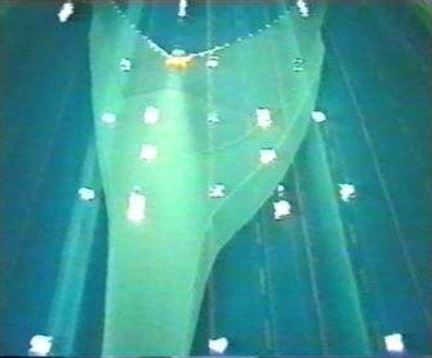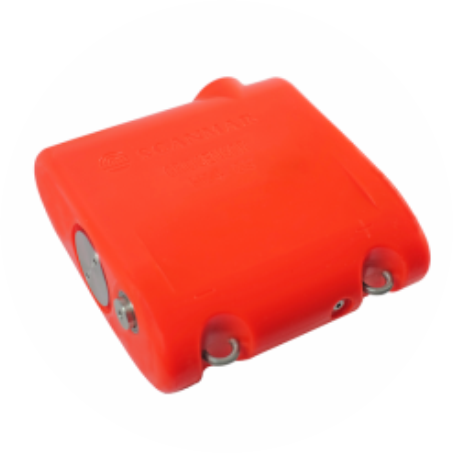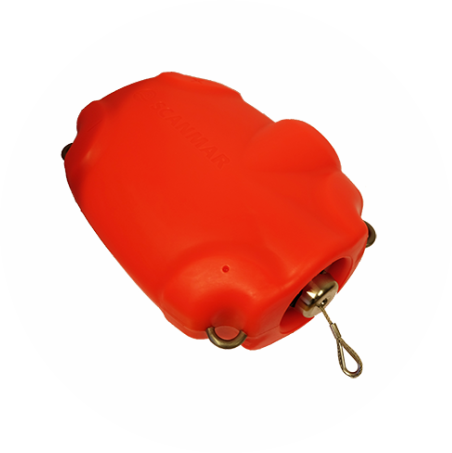Trawl Speed Sensor
All trawls have an optimal water flow. This varies with construction, mesh size, thickness of net material, knots, whether the material is new or old , etc. It is therefore important to tow at a speed that makes the trawl move through the ocean at the speed it was constructed for.
If the trawl moves too fast through the water a type of “bucket effect” is created in the trawl so that a pressure is formed in front of the trawl. If towing too slowly fish, especially larger fish because of their swimming strength and endurance, are given a chance to escape.
Underwater currents, whether they are with the towing direction, against , or from the side, will lead to the water flow into the trawl deviating fr o m what is optimal unless the GPS - spe ed is changed and the trawl is pulled so that the water current is 90 degrees in relation to the trawl opening.
The Trawl Speed /Symmetry sensor gives Fishermen an opportunity to continuously adapt to cha nges in the water current so they always have the “correct” towing speed and symmetry.
Tunnelflow or Trawl Speed sensor in the belly
Because the trawl’s circumferen ce is sma ller and the mesh is smaller fu rther back in the trawl, a lot of the water has to get out through the side panels. This is when a “Bucket effect” occurs, which makes the mesh stretch. If this happ ens in an area with large mesh the fish escape or the trawl will be “coated”.
When the trawl bag fills the “bucket effect” will increase and move forwards in the trawl. Therefore we see that it often takes a very long time to fill the front part of the bag. Usually it will pay off to haul in and sh oot again.
The Tunnelflow sensor shows the water flow and angle changes caused by bucket effects, while the Trawl Speed sensor shows the water flow and skewed position. Both show how the water flow is affected by the b ucket effect and/or that the trawl i s stretched out when the fish get to the back of the belly.







